A question I get quite often is what are warp separators and why do you need them?
Warp separators are a tool or material that you can use to keep your warp on any advancing loom (rigid heddle, floor, or table loom) evenly tensioned for the duration of your weaving.
To fully understand this you will first need to understand how the back beam of your loom works and what it is for.
The back beam on any loom will hold your unwoven warp during the weaving process. When you have a loom with an advancing warp that most often means that your warp is very long and needs somewhere to go until you weave it. In this case, the warp will wind around the back beam and eventually start winding on itself.
Even tension is really important when you are doing any sort of weaving project. It makes sure that your entire weaving builds up the same way and is not a struggle to weave.
Using some sort of warp separator ensures that when you warp winds over itself it does so in an even layer. Without this layer, your warps can fall into the gaps of the warps immediately below them. These warps will end up tighter than the warps that do not!
This page may contain affiliate links. If you purchase something through these links then I will receive a small commission – at no extra cost to you! Please read our DISCLAIMER for more info. Thanks for the support!
Types of warp separators
There are 2 main types of warp separators to choose from that (of course) have their pros and cons. The type you choose will depend on what type of loom you are weaving on and your own personal weaving preferences.
Long warp separators and stick warp separators do the same exact thing but in a slightly different way.
The long option is great for when you are using a loom that is not going anywhere.
This is because as you advance your warp the separator will be hanging from the back beam. If your loom is moving from place to place then this can get really annoying as it can get in the way.
Depending on the type of separator you choose it may also be prone to damage. Moving it around while it is hanging down will make it more likely to get damaged!
Long separators are also great because they roll on with less effort.
Since they are long you can wind on faster with less stopping. You just have to make sure that it is rolling on straight. If it starts to roll on crooked then just give it a tug to straighten it out and keep going!
Stick separators are great for portable looms.
Since they are much smaller they do not have the same issue with draping down from the loom as you advance your warp. Instead, they will fall out as you keep going. While you can use these on a stationary loom, they are a bit more work to put in when you are warping.
When warping your loom with stick separators you will need to stop every time your warp starts to contact itself again. When this happens you insert a new separator.
Since they are skinny you will have to do this often.
Long warp separators
Cardboard
When I started weaving this was the only type I ever used! This is just because that is what was available at the university that I went to. So for a long time, cardboard rolls were the only option I really knew of.
Cardboard is a really great option for when you are weaving something that has to be really tight because it gives less than some other options. Since the point of your warp separator is to make sure your warps do not fall into the gaps the stronger your separator – the better!
Using cardboard from boxes is not quite what you are looking for because it is too stiff, but if you take that same cardboard and separate the layers then it can work really well.
You can also purchase corrugated cardboard specifically for this purpose. This is great because it is already the perfect flexibility and it has clean straight edges.
Kraft paper/ paper bags
You can find kraft paper and paper bags just about anywhere. My favorite way to obtain this type of separator is to upcycle the packing paper often found in packages.
I always put it aside expressly for the purpose of using it for weaving. This is also great for being more sustainable!
Reusing your old packaging materials may limit the size of paper you have on hand to use. If you want something where you can control the width and length as well as to make sure you have straight edges then you can also purchase kraft paper on rolls.
1 roll of kraft paper should last a long time because you can reuse your warp separator as many times as you want until it starts to tear or get damaged.
You can also cut up paper grocery bags to use for this. Depending on how you cut it up you should be able to get a decent length out of it.
If you are looking for another way to reuse grocery bags (this time plastic) you can check out my tutorial on making yarn out of plastic bags here.
I have also had students use paper towels. So if you keep paper towels in your kitchen then you can grab a roll and use that to separate your warp for a really inexpensive option!
Funny story: when I ordered some cardboard roll for my warp separator it came with some kraft paper in the package! 2 for the price of 1.
Sushi mat
If you want something that is going to have a bit more staying power then you can try using a sushi mat as your warp separator! This is also a really great option because it is not going to flex much and will make sure your tension stays even as you weave.
The biggest possible issue with using these is that they do not come in large sizes.
You will be limited with the width of your weaving at less than 9.5 inches. You will also need to have many on hand because they are only 9.5 inches long.
This means that you will have to continue adding more mats as you wind on your warp, but it also means you will have less flowing down from your beam after advancing your warp.
These sushi mats are a great middle option between a long and a stick warp separator.
Stick warp separators
Chipboard
Using chipboard or cardboard sticks is a pretty cost-effective way to use stick separators on your loom. Depending on the type of rigid heddle loom you have it may even come with separators right out of the box.
This is the case for the Ashford rigid heddle loom. These looms come with long chipboard warp separator sticks included. You can learn more about the Ashford rigid heddle loom in my review here.
If you are not careful these types of separators can get damaged, but are probably less likely than if you were to use a different material.
Due to this, these will not last forever and you will probably have to purchase more or change what you are using in the future.
Wood
If you like the way that stick separators work but you want something a bit more durable, then wood may be a good option for you. (disclaimer: I have not tried wood warp sticks, but I know of many people that like them.)
Not surprisingly, these are going to be more expensive than chipboard or cardboard, but they are also stronger.
Your wood should not flex at all under the tension of your warp, so these will potentially have the best tension retention of all of our options.
They are also the most expensive especially because you tend to need a lot of stick separators for a long weaving.
There are now 2 ways to take it – either purchase the whole course at once for a discount or “create your own” course by purchasing just the parts you want! Either way, get 10% off for being a member of the Warped Community!
Front beam separator
Where a warp separator of any kind is necessary for your back beam you can most definitely get away with not having any sort of separation on your front cloth beam. This is because your cloth is a solid piece of fabric and should not fall through any gaps below.
That being said, if you notice that when you are winding your cloth onto the front of your loom your apron strings are displacing any of your warp and weft then it may be a good idea to add a front cloth beam separator as well.
This could be done in many different ways – including all those mentioned above, but since it should only really be an issue at the beginning of your weaving process you can get away with something much shorter.
If you do not have extra stick separators then you can use a paper towel tube that is cut down one long side to open it up. This can then slide onto your front cloth beam to smooth out where the apron string attaches to the front rod.
Like most things in weaving it is important to think about what you want to do and the circumstances you have. These things can vary by weaver and by weaving.
When trying to decide what warp separator option you want to use you can ask yourself these questions:
What kind of loom do I have?
Will I be traveling or moving my loom around?
Am I weaving something (tapestry) that requires a very tight warp?
Do I want to use found materials to be more sustainable and save money, or do I want to purchase something that will have straighter lines and was made for the task?
Am I worried about my front beam displacing my yarns?
When you can answer these questions you can start to make some decisions about what you want to use now and in the future!

















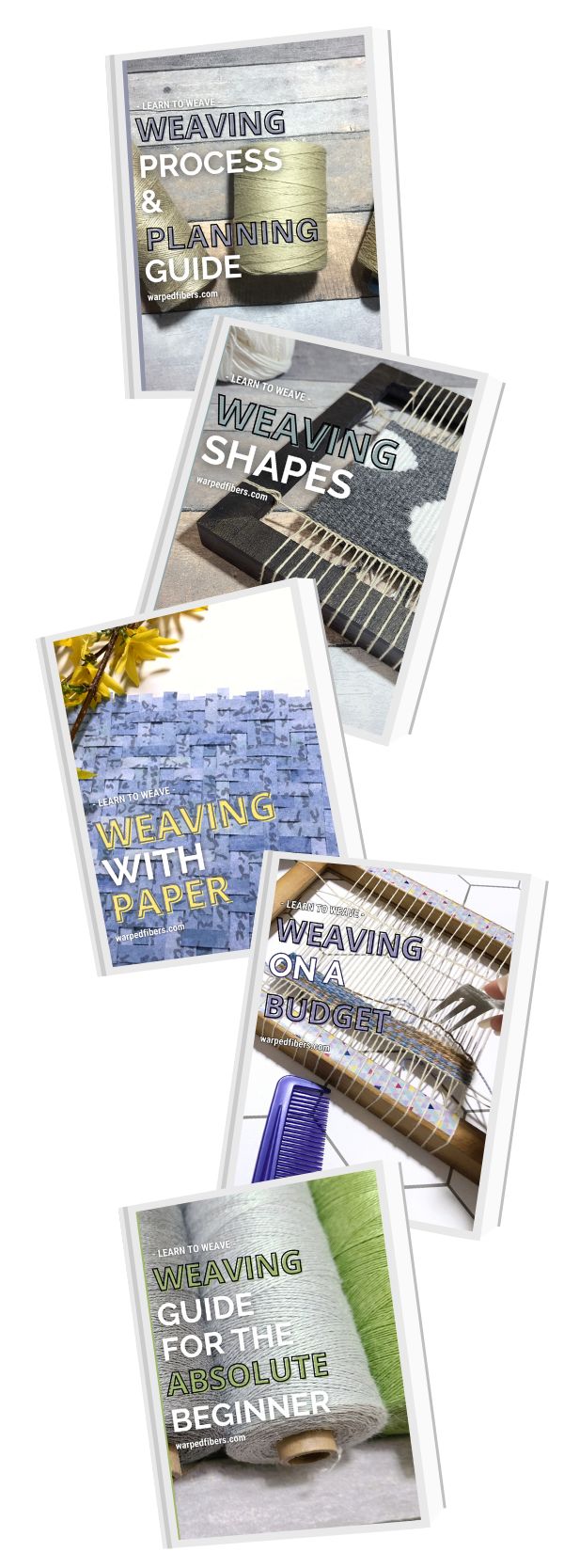
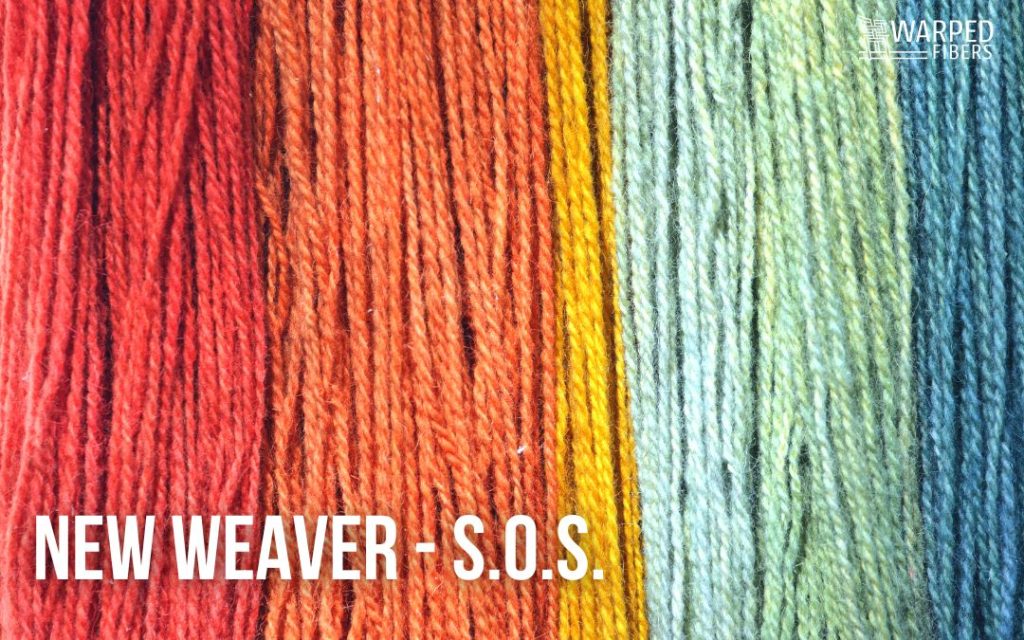

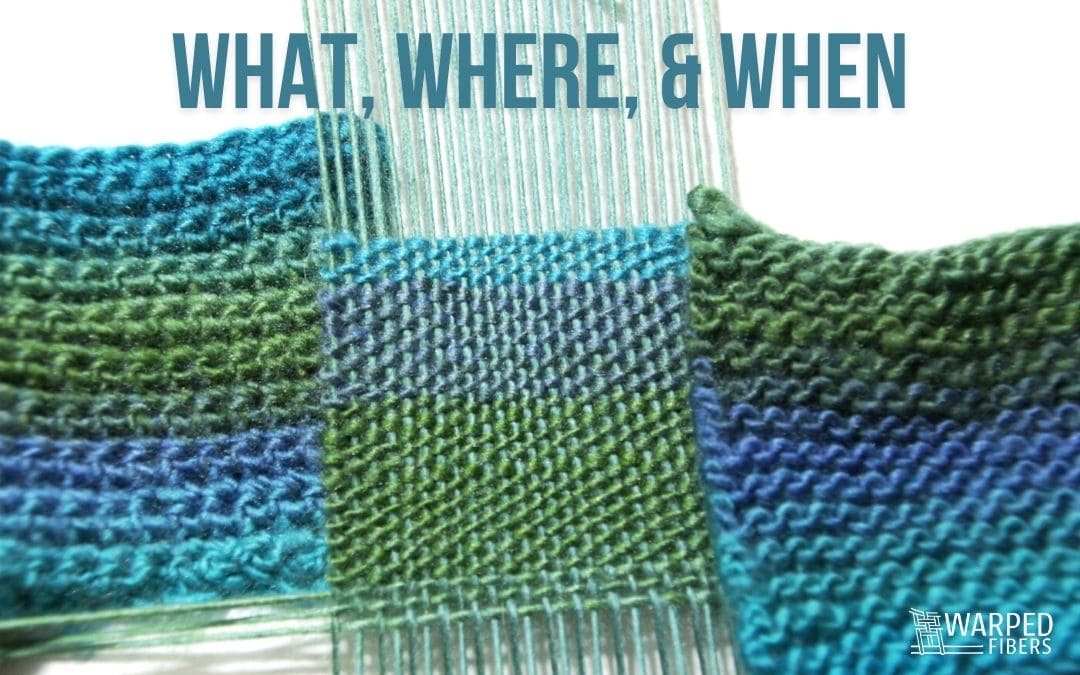

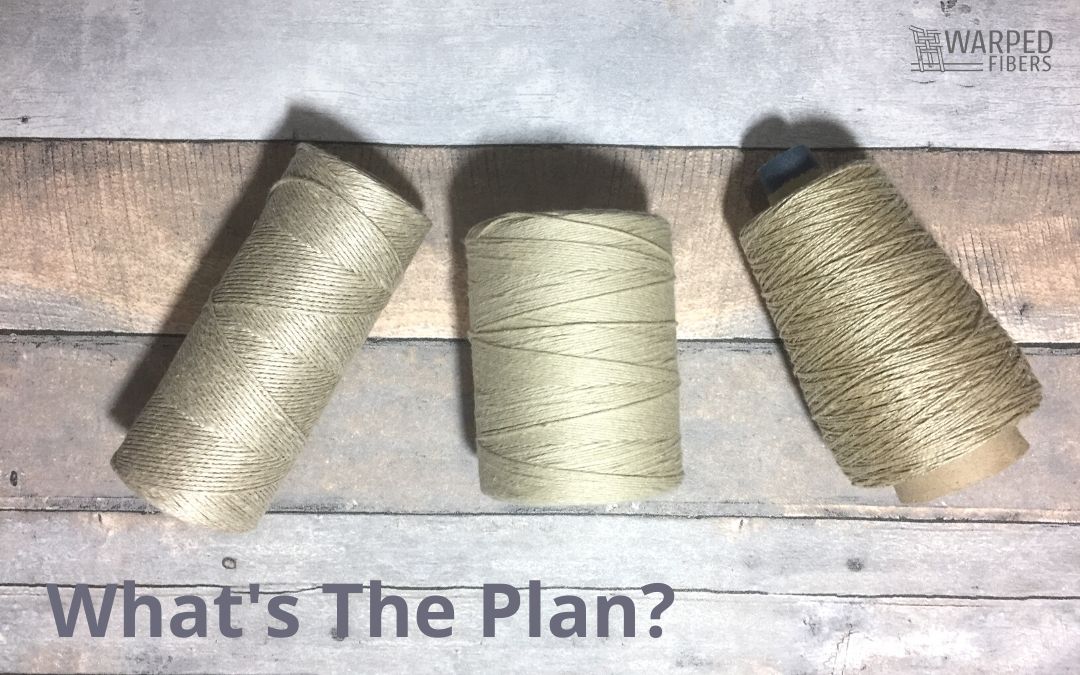

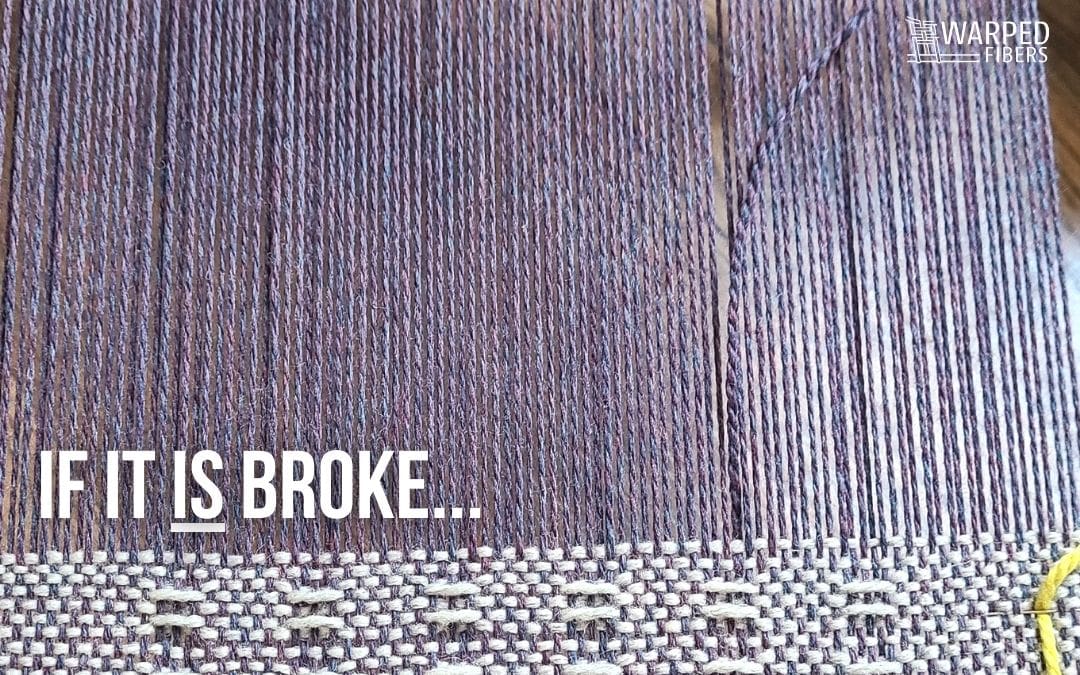

Hi. I have a roll of white bulletin board paper, like teachers use, on a stand that my dad built. When I’m done, I just roll it back on. I inherited the roll and stand from my mother when she retired.
good article, many options. I use kraft paper to wrap the blankets from the alpacas when sheared. So, something I already have, and the loom will be used for alpaca rugs!
That’s great! I love dual-purpose materials.
I use the slats from a mini-blind as warp separators. They fit the curve of the back beam on my Ashford RH beautifully. I took apart a blind after I accidentally broke a slat dusting it. Two wins – perfect warp separator and no landfill!
That’s awesome! What a great idea 🙂